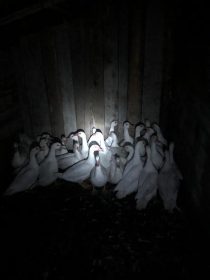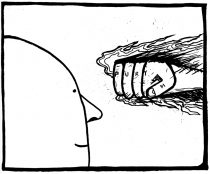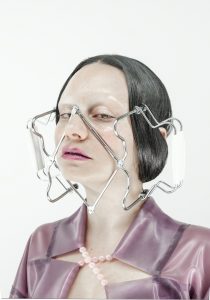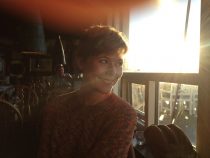Umbra lui Hitchcock
|
The White Shadow conveys a sense of Alfred Hitchcock’s early gift for creating drama by purely visual means. These and many other images confirm Hitchcock’s precocious talent for silent storytelling. They also indicate why Hitchcock advanced so rapidly in the British film industry. Although he broke into the business as a designer of title-cards conveying plot information and dialogue, he knew that one eloquent picture is worth a dozen printed texts. Learning to conceptualize and create such pictures was the project he successfully completed during his two-year tenure as assistant director for Graham Cutts, with whom he worked on five movies, starting with Woman to Woman in 1923. Hitchcock said later that Woman to Woman was “the first film that I had really got my hands onto,” and it proved to be a major hit. Reviews were good too; it was deemed the “best American picture made in England” by the Daily Express critic, who shared the British consensus that Hollywood movies were livelier and more entertaining than English ones. Dazzled by their own success, producers Michael Balcon and Victor Saville rushed a second Compson picture into production — The White Shadow — and whisked it to theaters with a conspicuously clunky advertising tag: “The same Star, Producer, Author, Hero, Cameraman, Scenic Artist, Staff, Studio, Renting Company as Woman to Woman.” Hitchcock also got to practice and refine a considerable number of skills while making The White Shadow: he was assistant director, film editor, set designer, and scenario writer, and this alone made the production a valuable asset to his budding career. Indeed, his experiences as a “general factotum” on this and other silent films never stopped paying artistic dividends. His goal as a mature filmmaker was to create “pure cinema,” meaning cinema that blends story, style, and technique into an expressive, suspenseful whole. The return of The White Shadow is a triumph of film preservation, a bonanza for scholars, and a thrill for movie buffs. [David Sterritt Chairman, National Society of Film Critics] Puteţi urmări filmul The White Shadow aici, până în 15 ianuarie 2013. foto: captură din The White Shadow Comentarii |










